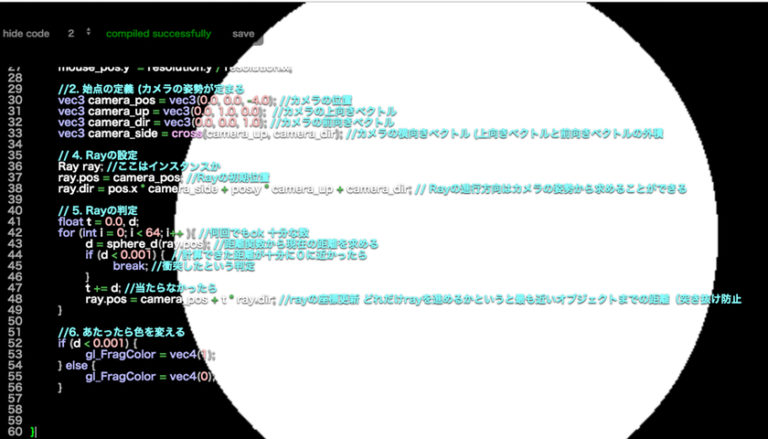

This “volumetric” approach avoids all of the artifacts that come with billboard particles, but it comes at a cost.

For the cloud rendering, we present a way to preprocess the cloud texture and create a low resolution structure which saves a lot of rendering time.Silverlining’s “stratocumulus” cloud type is rendered via GPU ray-marching instead of particles. Our implementation presents a way of forming cloud textures that uses a mixture of precalculation and real-time calculations, and allows for easy configurations and flexibility in creating different cloudscapes. We start from a realistic implementation and from there propose different approximations and methods to see which performance gains can be accomplished, and at what costs. This thesis explores different techniques to save computational time when implementing volumetric clouds for real-time rendering. But in open world games where the position of the camera cannot be assumed, skyboxes give a static impression and flat texture can give artefacts. Skyboxes and flat textures work well in 3D scenes where the camera is expected to be far away from the clouds and not move over large distances. At the same time, the need for volumetric clouds is evident as game developers look for new places to increase the realism of their games. (More) Rendering volumetric clouds is a compute-intensive process which makes it difficult to use in real-time applications. We start from a realistic implementation and from there propose.

Department of Computer Science Abstract Rendering volumetric clouds is a compute-intensive process which makes it difficult to use in real-time applications.


 0 kommentar(er)
0 kommentar(er)
